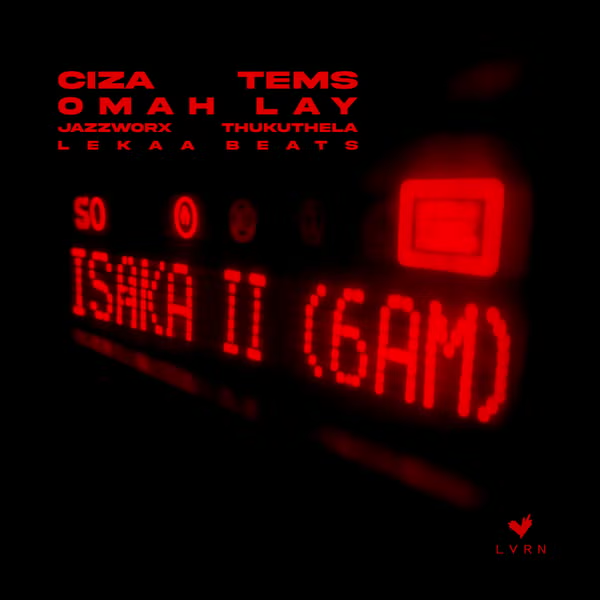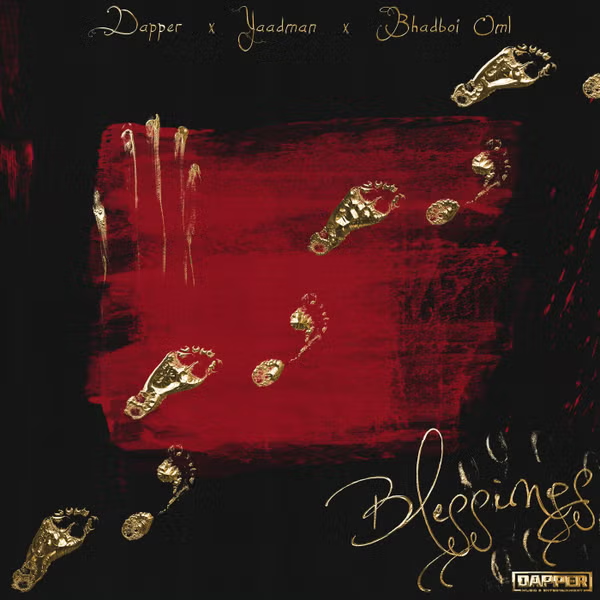The Nepalese follow a lunar calendar and celebrate generally New Year in April. Currently, the ongoing year is 2077. However, different castes still have their own New Year, for example, Sonam Lhosar for the Tamang community,
Tamu Lhosar for the Gurung community and Gyalpo Lhosar for Tibetan community. When you still there the Chinese New Year as well as the Western one, it looks like the whole calendar year in Nepal is full of festivities!
Nepali people follow their own calendar system known as the Bikram Era or Bikram Sambat. New Year is called Nava Varsha in the Nepali language and is observed as an official holiday.
The day usually falls in the second week of April. During this occasion, people go for picnics, have get-togethers, and celebrate the day socializing in various ways. This year Baishak 1st coincides with the 13th of April of the English calendar.
Various rituals are conducted and yearly annual carnivals like Bisket Jatra, Sindoor Jatra, and Bode Jatra are passionately carried out to welcome the New Year in traditional style. New Year’s Eve events and parties are also organized at clubs, hotels, and restaurants for party lovers. Bikram Sambat is 56.7 years ahead of the solar Gregorian calendar.
It uses lunar months starting from Baisakh in mid-April, Jestha in mid-May, Ashar in mid-June, Shrawan in mid-July, Bhadra in mid-August, Asoj in mid-September, Kartik in mid-October, Mangsir in mid-November, Poush in mid-December, Magh in mid-January, Falgun in mid-February, and Chaitra in mid-March.
Ikram Sambat is the calendar established by Indian emperor Vikramaditya and is recognized as the official calendar of Nepal. In addition to Bikram Samwat, the Gregorian calendar is also widely accepted in the Nepali community.
Nepali Calendar is a solar calendar based on ancient Hindu traditions. The history of the Nepali calendar has an intriguing story. History of Bikram Sambat Nepali calendar’s said that this calendar derives its name from King Bikramaditya of Rajasthan, the then an independent country in the Indian subcontinent.
But after the rise of the Rana oligarchy in Nepal, Bikram Sambat was discontinued for a long time along with the official Shaka Sambat. They discontinued Shaka Sambat in its 1823rd-year but later replaced it with Bikram Sambat for functionary use since then; Bikram Sambat came into official use in 1958 as Nepali calendar.
The significance of the Nepali calendar has different aspects the more important one being that the Nepalese people use more than one calendar and celebrate their new year days accordingly.
There are many events in the Nepali calendar with each month having a special religious ritual assigned to it, the most important being the festival of Mata Tirtha Puja, Buddha Jayanti, and Dashain. Thus, the Nepali Calendar presents an accurate measuring of different religious celebrations of the Nepalese.






















